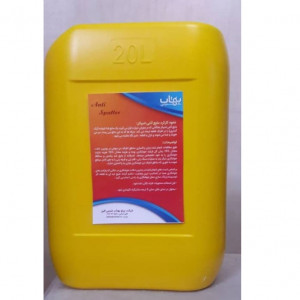| Behtab Shimi Alborz |

| Registration Date | 28 Oct 2020 |
| Revision Date | 28 Oct 2020 |
| Share |
Construction Structural Materials
Anti SpatterPreventing the appearance of defective or metallurgical defects in parts and equipment in the welding environment High durability on surfaces Without emitting any vapors and harmful substances in the welding environment Increase the life of welding parts No harmful substances for the ozone layer Non-corrosive Lack of welding oxidation
In different welding methods, it is inevitable to spray sparks on the surrounding parts. Sparks are particles of melt and electrodes that are sprayed around the weld and cause apparent or metallurgical defects. Also, the coating in areas where splash spraying has occurred is not of good quality and may even lead to corrosion. These sparks must be removed from the surface of the part after welding with milling or sanding. Various factors such as improper electrical current or voltage during welding, moisture in the welding electrode, high process speed, inadequate distance of the part from the nozzle, improper working angle and presence of dirt on the surface of the part can lead to splashing. In addition to choosing the right welding conditions, protective coatings can be applied to the surface of the workpiece or the equipment around the welding area to counteract the spark. These coatings are in the form of gels or solutions, and the use of nanoparticles in the manufacture of these materials leads to improved anti-spatter quality.